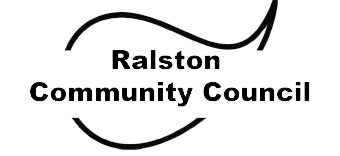It is well known that woods and trees are good for people’s health and wellbeing, particularly in our towns and cities. But urban trees and woods aren’t distributed equally, and some communities that could benefit are losing out.
Tree equity is the idea that all communities should have equitable access to the benefits of trees where they live. While some urban areas enjoy abundant greenery and tree cover, others lack these essential natural assets.
Tree equity must be embedded into urban forest planning, and that doesn’t just mean planting. Plans must also include caring for and protecting trees – both newly planted and existing – to ensure they continue to thrive and improve the quality of life of residents for years to come.
The Woodland Trust and Centre for Sustainable Healthcare have partnered with American Forests, the US non-profit organisation that created Tree Equity Score, to bring Tree Equity Score to the UK. This tool calculates a Tree Equity Score out of 100 for urban neighbourhoods. The lower the score, the greater the need for trees – a score of 100 means tree equity has been achieved.
You can find out more about tree equity on the Woodland Trust website.
The equity scores for the Ralston area vary between 75 (with a canopy cover of 6%) to 88 (with a canopy cover of 12%). The composite score for Renfrewshire is 81. To find out more about the other factors that contribute to the scores and to see how Ralston’s scores compare with those for other areas in Renfrewshire and further afield, you can look at the Tree Equity Score website. This site lets you look at the equity scores for urban areas on a UK wide map and zoom in on areas of particular interest.
